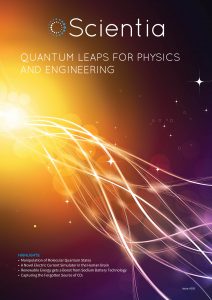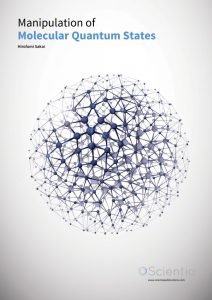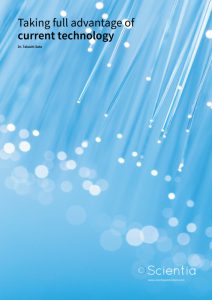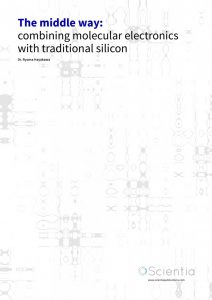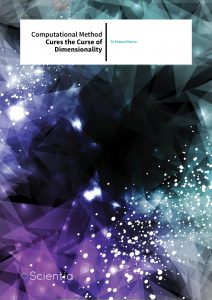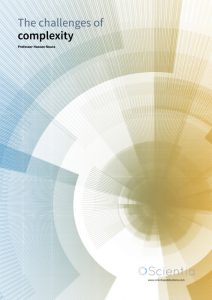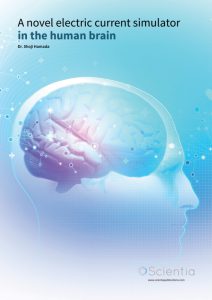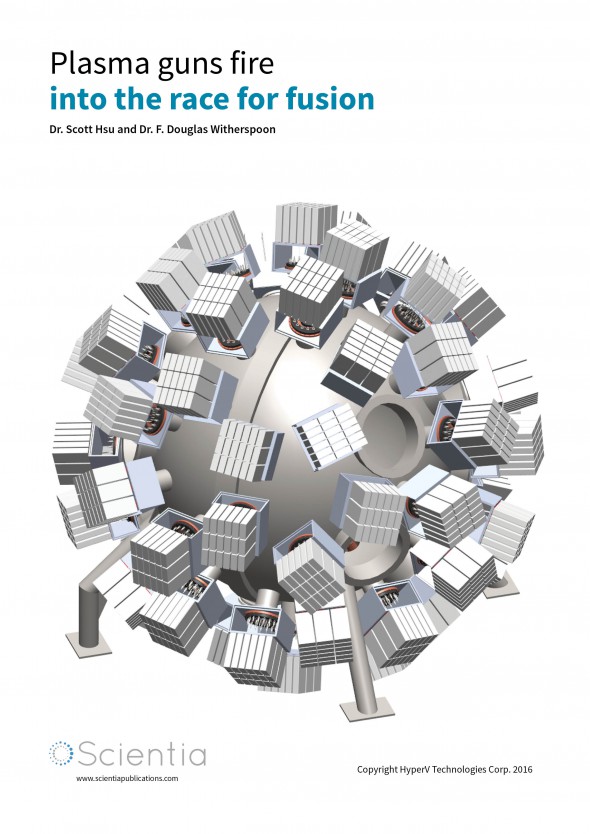Scientia Issue #105
QUANTUM LEAPS FOR PHYSICS AND ENGINEERING
There has never been a more exciting time for physical science and engineering. The last few years have witnessed some of the most ground breaking discoveries ever made, such as proving the existence of the Higgs boson, the elusive elementary particle that bestows other particles with mass. Even in the past year alone, scientists have made the first detection of gravitational waves, ripples in the fabric of space time first theorised by Albert Einstein a century ago. Then just a few months ago, the Hubble telescope astounded us by imaging the farthest galaxy ever observed, seen as it existed a whopping 13.2 billion years ago, when the photons captured by Hubble first began their journey. To celebrate these huge leaps for fundamental physics and astronomy, for the first section of this edition we have had the pleasure of interviewing representatives from Fermilab, the United States’ premier particle physics laboratory, and The European Southern Observatory, the world’s most productive ground based observatory, home to the Very Large Telescope (VLT).
Such fundamental advances in unravelling the nature of the universe have given rise to an abundance of new technologies. As we will show in our next section, understanding how matter works on a quantum level, for example, has advanced research in areas such as computing, telecommunications, GPS and medical technologies such as MRI. Here we highlight the work of Dr Hayakawa, who’s research into the development of molecular devices holds the promise of dramatically reducing the size and increasing the speed of our computers. The quantum effects demonstrated by these devices may also lead to a completely new type of computing, known as quantum computing.
In our next section, we delve into the mathematics behind computer processing, where we showcase the work of Dr Kansa, pioneer of the Kansa method. From here, we show how mathematics and computing are applied to fields ranging from the development of automated systems for unmanned aircraft to the analysis of electromagnetic phenomena in the human body.
Our final section highlights the latest innovations in clean energy technology. Here we introduce three teams of researchers dedicated to generating clean power using nuclear fusion, storing energy efficiently using the latest battery technologies and capturing carbon dioxide to prevent its release into the atmosphere. In these challenging times of rising global temperatures and imminent environmental chaos, clean energy technologies are perhaps the most important application of physical science and engineering.
CONTRIBUTORS FROM:

CONTACT
Published in the UK,
by Science Diffusion ltd
ISSN 2059-8971 (print)
ISSN 2059-898X (online)
E: info@sciencediffusion.com
W: www.sciencediffusion.com
W: www.scientia.global
tweet us on twitter
follow us on facebook
Meet The Team…
EDITOR-IN-CHIEF
Nelly Berg
nelly@sciencediffusion.com
PUBLICATION MANAGER
Nick Powers
npowers@sciencediffusion.com
DESIGN MANAGER
Mimi Jones
CONTRIBUTING WRITERS
Christopher Harrison, PhD
Alma Ionescu, BSc
Rafael Bernar, PhD
Edd Gent, BA
Share
Scientia Issue #105 Contents
FERMILAB
An exclusive interview with Dr Katie Yurkewicz from America’s premier particle physics laboratory
MANIPULATION OF MOLECULAR QUANTUM STATES
Professor Hirofumi Sakai
Covering new ground in molecular orientation with the help of lasers and electric fields
TAKING FULL ADVANTAGE OF CURRENT TECHNOLOGY
Dr Takashi Sato
Using diode lasers to design better random number generators and communication systems
THE MIDDLE WAY: COMBINING MOLECULAR ELECTRONICS WITH TRADITIONAL SILICON
Dr Ryoma Hayakawa
Creating the next generation of computing devices
COMPUTATIONAL METHOD CURES THE CURSE OF DIMENSIONALITY
Dr Edward Kansa
Developing a theory of smooth radial basis functions – the powerful Kansa method
THE CHALLENGES OF COMPLEXITY
Professor Hassan Noura
Developing new methods for autonomous control and fault tolerance in aircraft.
A NOVEL ELECTRIC CURRENT SIMULATOR IN THE HUMAN BRAIN
Dr Shoji Hamada
Computational tools for the analysis of electromagnetic fields in the human body
RENEWABLE ENERGY GETS A BOOST FROM SODIUM BATTERY TECHNOLOGY
Professor Maria Forsyth
The latest innovations in energy storage technology
PLASMA GUNS FIRE INTO THE RACE FOR FUSION
Dr Scott Hsu and Dr F. Douglas Witherspoon
Obtaining cost efficient, clean energy for the world through nuclear fusion
CAPTURING THE FORGOTTEN SOURCE OF CO2
Sofiane Zalouk and Johan Rey
A novel technology to efficiently trap carbon dioxide


